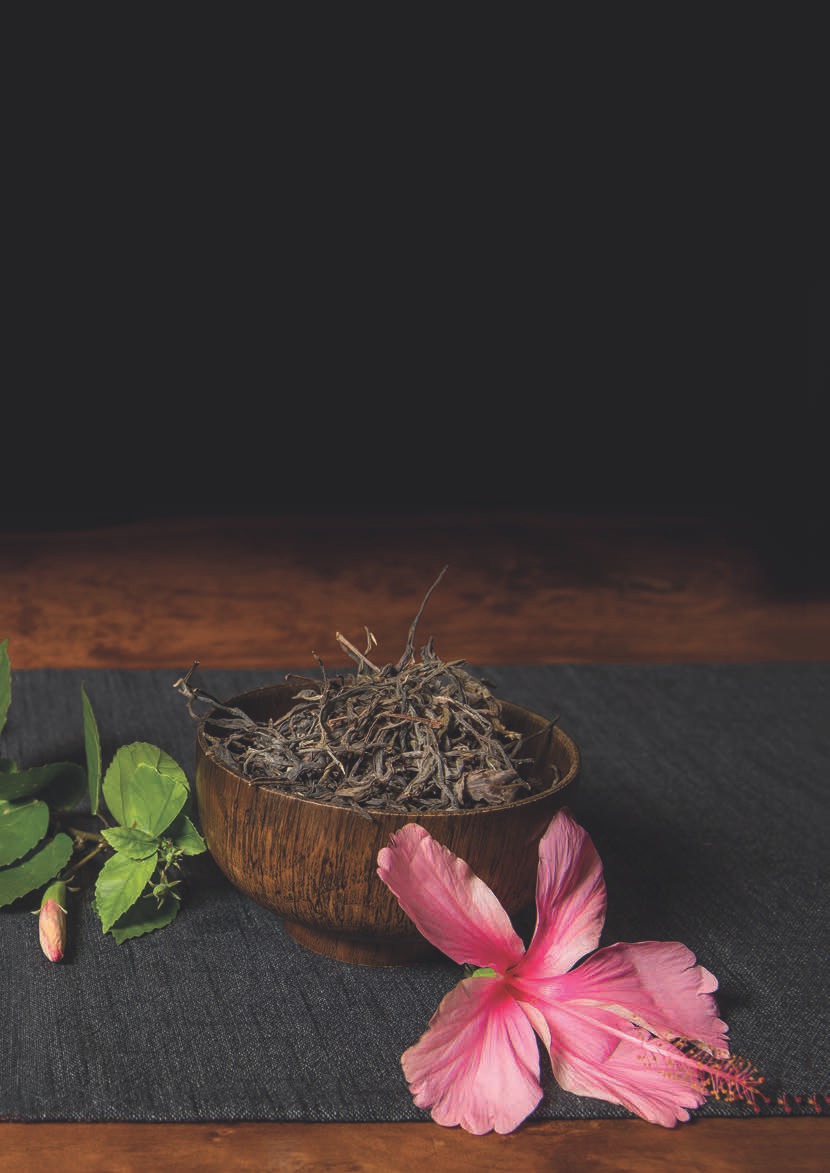
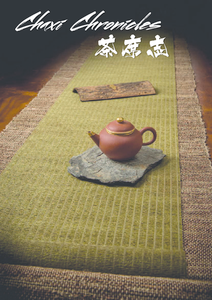 |
|
Great performances can occur upon a stage and great tales can be told and brought to life before your very eyes. Upon the stage for tea, however, the performance is a little different and perhaps simpler than most. There is only one star on this stage and her name is Tea, though She may play many different roles from white to black and everywhere in between. During this simple performance, which we might call a ceremony, when the elements of the stage come together in harmony, a very simple setting on the outside can aid in a very significant inner experience for the participants in the ceremony. A harmonious chaxi (tea stage) is just one of the factors that goes into transforming something very simple, like drinking tea, into something extraordinary, like a tea ceremony. The difference can be profound. A harmonious tea stage and the elements therein is a topic we've covered in articles before, and yet, like any good chaxi, the closer you look, the more details reveal themselves to you. And so, we take a further look into another aspect of designing a balanced and harmonious stage for tea!

As always, it is perhaps most important to consider your guests and the occasion before starting to build your stage for tea. Remember, it is about choosing a tea and designing a chaxi that is suitable for your guests and the occasion, not about choosing based on what you want. It is therefore, important to know your teas and the elements of your tea stage. We addressed the elements of chaxi specifically back in January 2016. You can ask yourself, who is coming for tea and what does the occasion call for? You will also want to consider other factors, such as the weather, the time of day, the season of the year and so on. As you quest to answer these questions and more, you will find yourself well on the path towards a fine tea session. The more you put into preparing for your tea gatherings, the more your guests will get out of the experience.
At this point, you might want to ask yourself a new question: should your chaxi be rustic or elegant? The elements of a chaxi, such as runners, scoops, plates, lid rests, coasters, etc., can quite easily be categorized as either rustic or elegant, humdrum or refined. It's a simple division that opens up an entire new approach to designing your tea stage. There are so many possibilities in each of these kinds of chaxi, let alone the myriad combinations of the two that you can create.
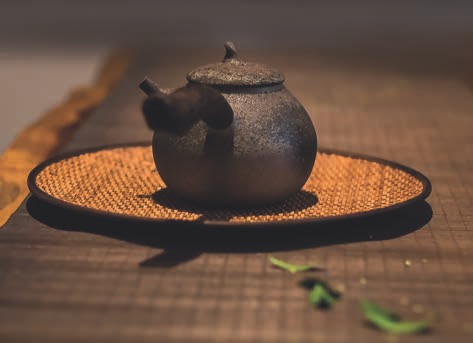
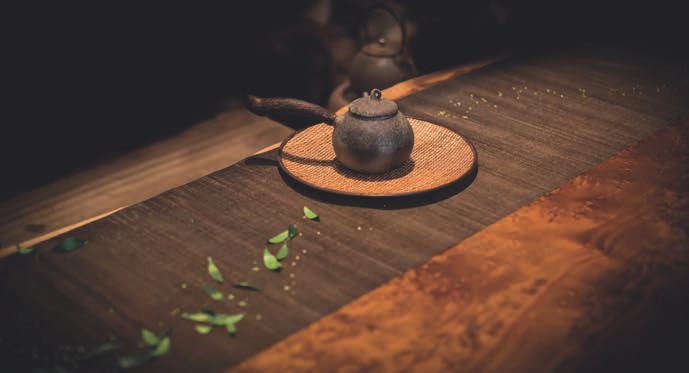
What makes a chaxi rustic? What comes to mind immediately for me is something more earthy, elements that express natural colors you might find while walking amidst a forest in any season, like dark shades of green and brown or autumn hues of gold and red. Rustic designs tend to be more imperfect, with asymmetric, frayed or weathered edges and boundaries, incorporating elements such as leaves, rocks or flat pieces of driftwood. When I decide to design a rustic-themed chaxi I find myself reaching for elements made from bamboo, wood, rattan, woven straw, and other tea things that are less glossy and more matte. Rusticity is probably an easier theme of chaxi to work with in the beginning, especially when so many elements from the natural world can be repurposed towards designing your tea stage. A simple walk outside can offer countless options, or simply drinking tea outside in a natural landscape is itself a form of this rustic art. The stage is already naturally designed for you - all you need to do is make time to drink tea! What a great opportunity as well to learn from Nature.
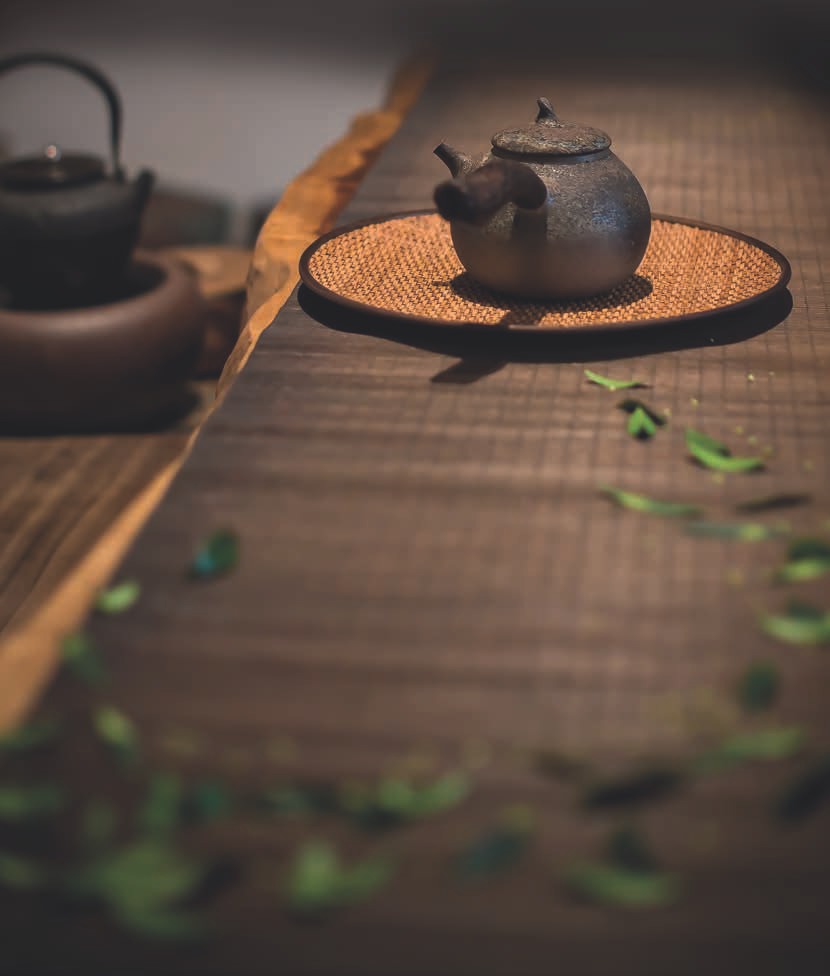
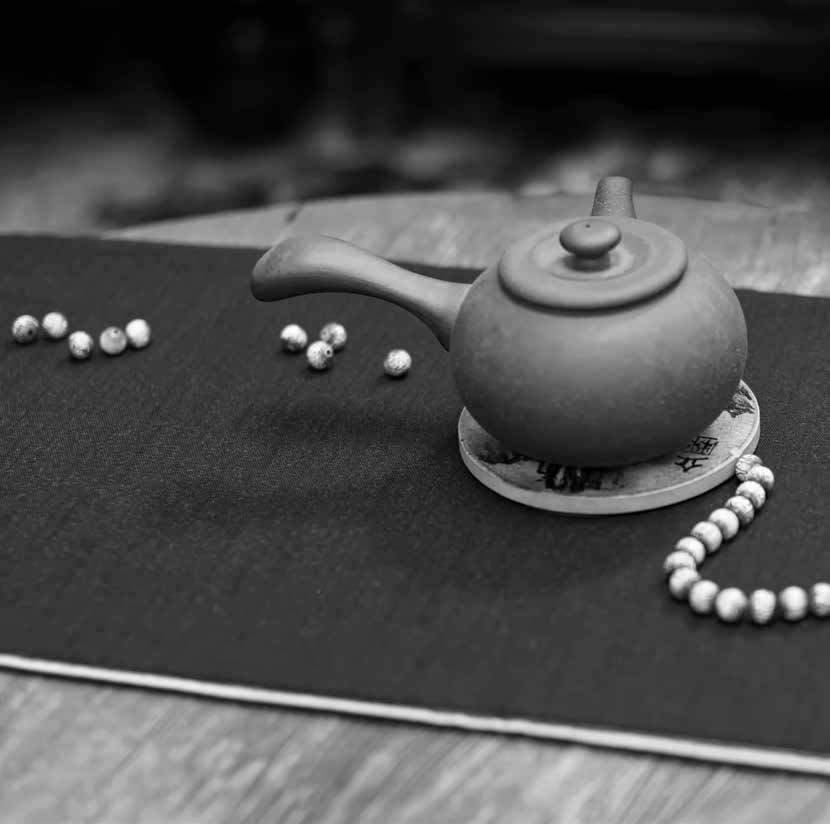
We might now consider objects with the complete opposite characteristics of the rustic chaxi - those full of luster and glaze, vibrant colors and patterns, and metal utensils of bronze, copper, silver and gold! Here we have a greater range of uses for flowers and petals, small statues and even water features, and more aesthetic and stylish elements to really highlight a specific theme. For these designs, I find myself reaching for beautiful cloth runners, porcelain plates, celadon tea pillows, metal tea sticks and glazed or refined scoops made from all types of different materials. Because the Center is abundant in teapots and bowls, I choose from many, like a more stylized sidehandle teapot or our pure white tea bowls with tiny black speckles. The elegant chaxi has to be designed more carefully, with even more attention to detail, because each element can have so much strength of style. As always, less is more, and one refined piece of teaware says a lot more than too many, which can cause disharmony, competition for attention, and imbalance, unless perfectly displayed! It is a more complex and difficult stage to build in my experience. Here we have a fancy shell mala that came undone, becoming the perfect decoration in this elegant stage.

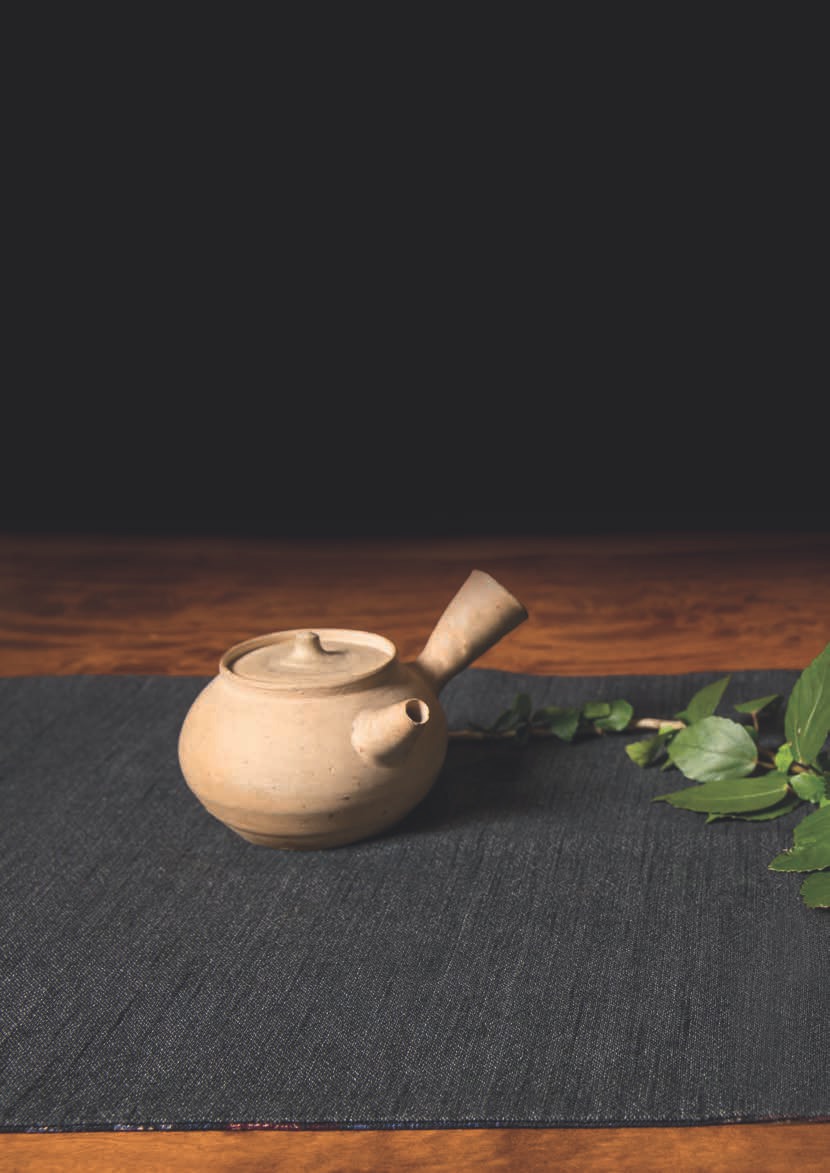
Of course, too much of anything is also out of balance. Too much elegance is showy and distracting, whereas too much run-of-the-mill is dull and without definition. One must strive to find the middle way, properly defining the tea at the center of the stage, and in this case, expressing a theme of elegance or rusticity. Remember, there are no neutral elements in the design of your chaxi. If it doesn't create harmony and redirect out attention towards the center of the stage, either reposition it or remove it altogether. And so, the question to ask yourself, in the form of a metaphor, is what elements play the role of the thatched hut and the valiant steed in your layout? As you can already imagine, the thatched hut represents the rustic aspects of your design and the valiant steed, the elegant ones. Many tea stages incorporate both aspects to varying degrees. A rustic-themed chaxi should incorporate some small elegant detail to achieve overall balance and harmony, and vice versa for an elegant-themed chaxi. It is the silver lining, the golden thread within the thatched roof, that feels harmonious, like a single, beautiful flower along an overgrown forest path. The path is naturally chaotic and messy, but the flower isn't out of place. It is momentarily captivating, making you feel as though you're going the right way. It didn't draw you off the path, but shifted your state of mind towards presence and kept you along your way. Sometimes a single element can achieve this balance all on its own, like the golden-rimmed teapot or the pink flower shown in the pictures. Other times you will need to mix and match elegant and rustic elements to find an overall balance. (In the chaxi shown here, the flower is literally tethered to the simple bowl of tea and rustic pot.)
As you consider all the factors of a tea gathering and start to lay out the elements upon your stage, be it inside or outside, on a table or in a pagoda, near a pond or beside an old tree, always take a step back and feel where the balance lies. Take note of which elements represent the thatched hut and the valiant steed, and ask yourself if you have brought them into harmony. They should complement each other like the black-and-white circles of the taichi symbol, which represents Yin and Yang, not too much of one or the other, and placed just so...

